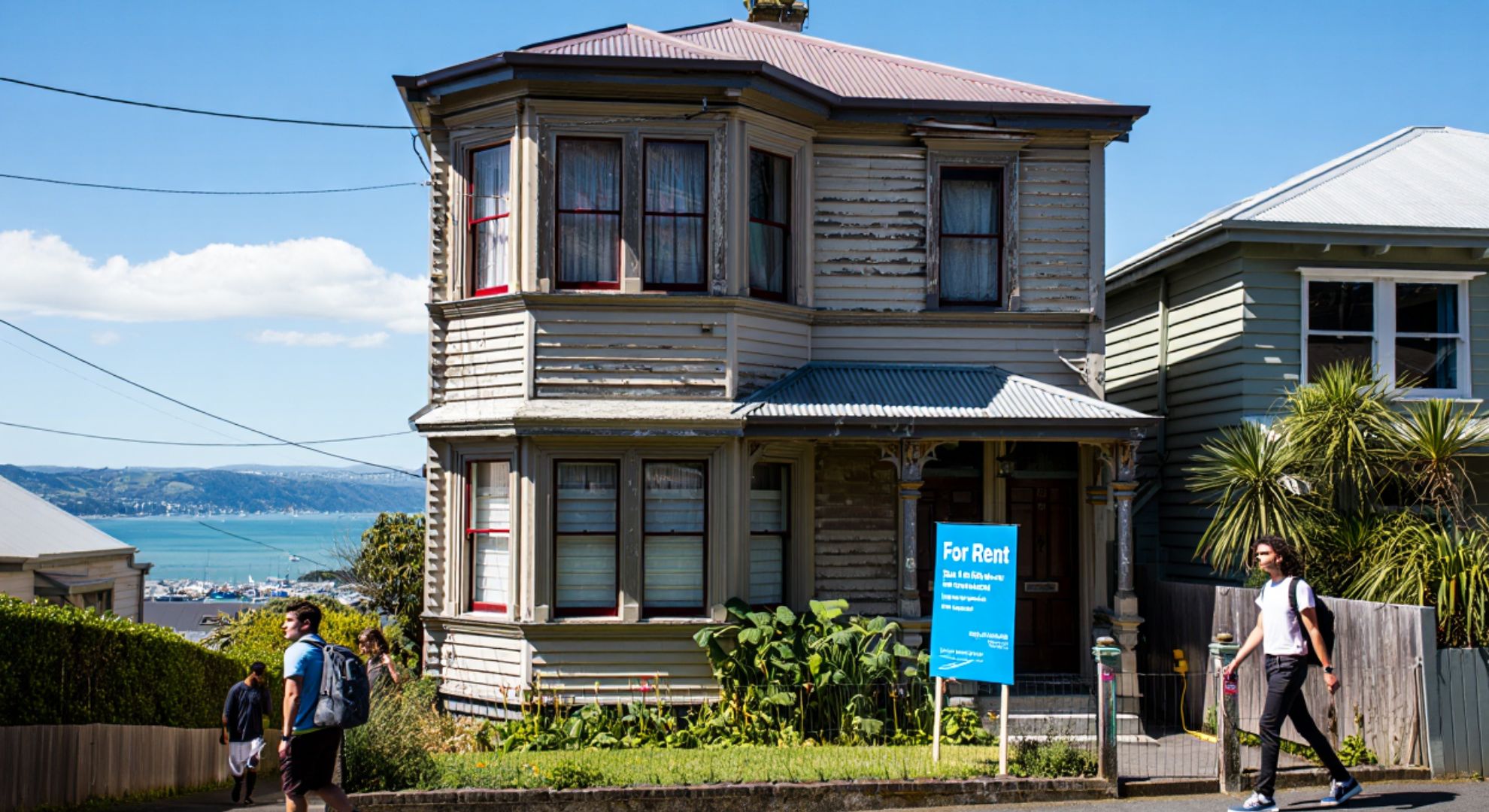Wellington is weighing a policy shift that could change the way people rent, invest, and build in the capital. After years of rising housing costs and mounting pressure on household budgets, officials are eyeing a 2026 start date for a system to limit how quickly rents can rise for existing tenants. The political and economic stakes are high, and the details matter.
Why now
Rents have been climbing faster than wages for much of the past five years, while vacancy rates have stayed tight. Students, key workers, and young families increasingly describe a “one move away from leaving the city” reality.
“This isn’t about punishing landlords,” said a Wellington renter in her thirties. “It’s about stopping the next rent jump that knocks us out of our home.”
Backers say a modest cap would bring predictability and curb sharp increases in hot neighborhoods. Skeptics warn it may spook investors just as the city needs more supply.
What might be on the table
Early sketches point to a cap on rent increases for sitting tenants, not a freeze. Most proposals revolve around one of three levers:
-
- Indexing annual increases to inflation (CPI) with a ceiling.
-
- Setting a fixed percentage cap per year.
-
- Introducing a temporary freeze paired with incentives to build.
Turnover resets—where a landlord can set a new market rent when a tenant moves out—are standard in similar systems abroad. Exemptions for newly built homes for a set period (say, 10 years) are also common to avoid chilling construction.
A property owner in Newtown put it this way: “Give me certainty and I’ll keep investing. Cap me too hard, and I’ll take my money somewhere else.”
How it compares
| Option | Tenant stability | New supply risk | Evasion risk | Admin complexity |
|---|---|---|---|---|
| No cap | Low | Low | Low | Low |
| CPI‑linked cap | Medium | Medium | Medium | Medium |
| Fixed % cap (e.g., 2–3%) | Medium–High | Medium–High | Medium | Medium |
| Temporary freeze (12 mo) | High (short run) | High | High | High |
“Design is destiny,” said a housing policy analyst. “If you cap increases but protect new construction and police evictions, you can boost tenant security without slamming the brakes on building.”
The trade‑offs in plain terms
Evidence from other cities is mixed. Light‑touch caps tied to inflation can smooth rent shocks; heavy, indefinite controls can suppress mobility and push costs into fees or maintenance shortcuts. The capital’s choice sits between those poles.
Three dynamics to watch:
-
- Investor behavior: Some owners may hold or upgrade properties if rules are predictable; others could exit if returns look squeezed.
-
- Tenant mobility: Strong protections can reduce forced moves, but very tight caps risk “locking in” households to suboptimal homes.
-
- Market transparency: Without good data and enforcement, rent caps can be skirted through side payments, reduced inclusions, or disguised increases.
Possible safeguards
-
- Exempt new builds for a defined period to keep cranes in the sky.
-
- Pair caps with maintenance standards so quality doesn’t slide.
-
- Ban retaliatory evictions and require clear, documented grounds for ending a tenancy.
-
- Create a simple hardship process for landlords facing exceptional cost spikes.
-
- Publish a transparent rent registry to track increases and spot outliers.
What landlords and tenants each want
Most owners want clarity on timing, thresholds, and exemptions. “Set the rules and stick to them,” one landlord said. “Uncertainty is worse than a fair cap.”
Tenants want predictability without loopholes. “If annual increases are capped but I can be priced out at renewal, that’s not real protection,” a student renter noted.
A workable middle path likely combines modest caps with strict limits on no‑cause terminations, plus oversight to prevent “renovictions.”
Paying for administration
Any scheme needs an enforcement backbone: a digital portal to log increases, a small disputes team, and penalties that actually deter abuse. Cost can be contained if the system is streamlined and data‑driven. Think automatic checks that flag increases above the allowed threshold, with human review only for edge cases.
The road from here to 2026
Expect a consultation phase in 2025, draft rules mid‑year, and a final vote before year’s end if momentum holds. Rollout in 2026 would likely be staged: initial caps, a grace period for registration, then enforcement with fines for non‑compliance.
The city’s wager is that a balanced, time‑limited cap can deliver breathing room for renters while the building pipeline catches up. Whether that balance holds will depend on the fine print—and on whether Wellington can make the rulebook both firm and fair.
